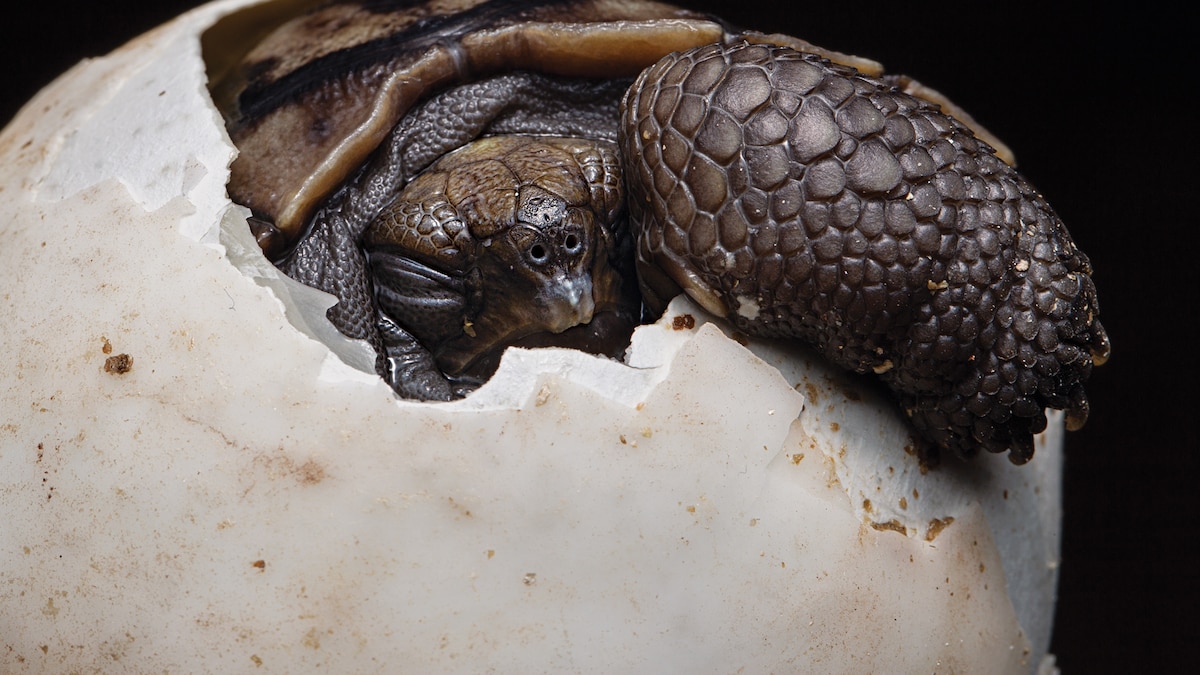Now Reading: Bringing Galapagos Giants Back to Life
-
01
Bringing Galapagos Giants Back to Life
Bringing Galapagos Giants Back to Life

Fast Summary
- Nantucket whaling ship Essex hunted and decimated galápagos tortoises, including the Floreana species, leading to their extinction after heavy exploitation.
- From 1774 to 1860, over 100,000 Galápagos tortoises were removed from islands by sailors; three tortoise species went extinct during that period.
- Recent genetic studies revealed hybrid descendants of extinct Floreana tortoises thriving on Wolf Volcano (Isabela Island) due to inadvertent preservation through whalers’ castaways interbreeding with native populations.
- Conservation efforts started in the early 2000s using DNA from museum specimens and advances in genome sequencing. Scientists identified hybrids with high proportions of Floreana ancestry for breeding programs.
- Breeding centers on Santa Cruz Island have successfully produced hundreds of hybrid offspring for reintroduction plans on long-altered Floreana Island starting late this year.
- The reintroduction is contingent upon controlling invasive rats and feral cats, which threaten hatchlings.Partial eradication has already brought back native bird species like the Galápagos rail after decades of absence.
Images:
- Large sturdy feet of a Galápagos tortoise supporting immense weight (Link).
- Biologists measuring preserved shells (Link).
- Helicopter transporting tortoises for breeding (Link).
- Hatchling monitored by scientists at Santa cruz breeding center (Link).
Indian Opinion Analysis
The rediscovery and conservation work surrounding the extinct Floreana giant tortoise highlights profound advancements in genetic science and ecological restoration efforts worldwide-offering valuable lessons applicable to India’s own biodiversity challenges.Like India’s tiger or gharial reintroduction projects,the carefully controlled release of hybrid animals can restore disrupted ecosystems while benefiting local communities reliant on nature’s balance.
India could benefit from studying such long-term efforts toward balancing human activity with ecological preservation-especially relevant as invasive species threaten native flora/fauna here too (e.g., lantana weed affecting forests). Notably, community involvement in clearing non-native pests aligns closely with joint wildlife conservation programs seen in many Indian landscapes like Sundarbans or Kaziranga.
In rooting back lost animal lineages into habitats altered by human intervention-a novel ecosystem-the project illustrates resilience and also adaptation under changing circumstances while advancing science-driven conservation models globally.
























